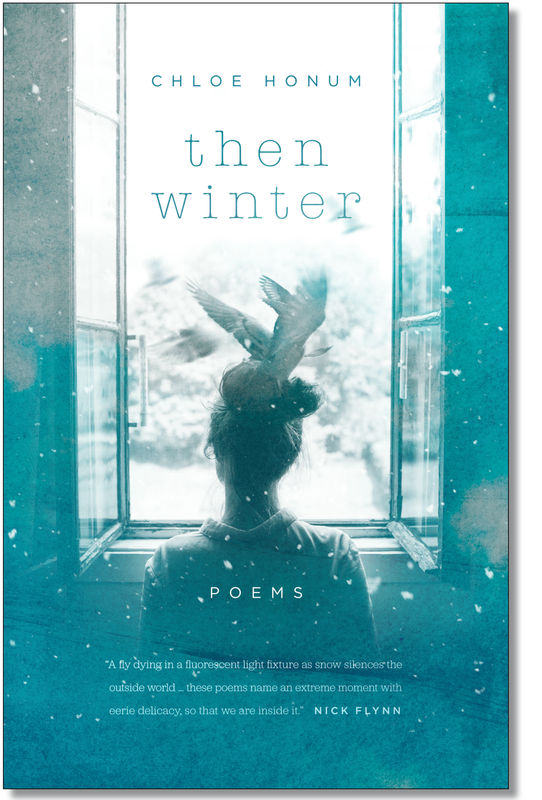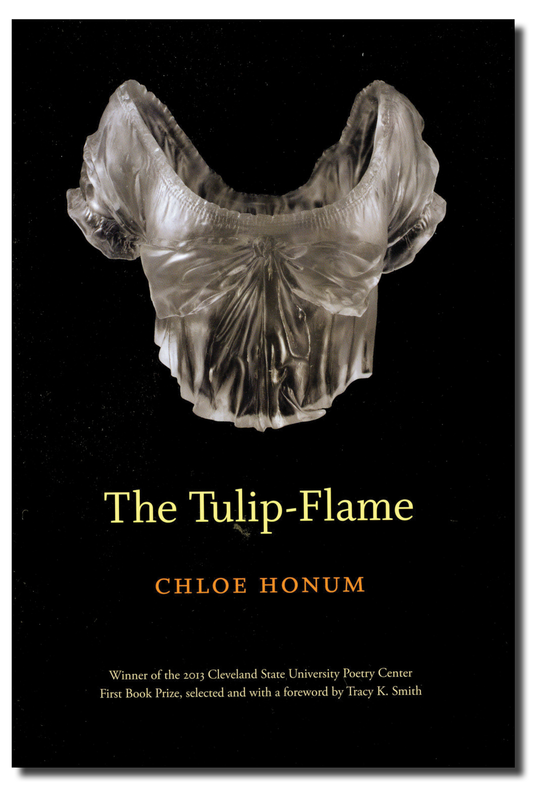|
Vertical Divider
|
Then Winter. By Chloe Honum. Bull City Press, 2017.
The Tulip-Flame. By Chloe Honum. Cleveland State University Poetry Center, 2014.
ADVERTISEMENT |
CURRENT ISSUE
|
CONTACT
|
DEPARTMENT OF ENGLISH
|




